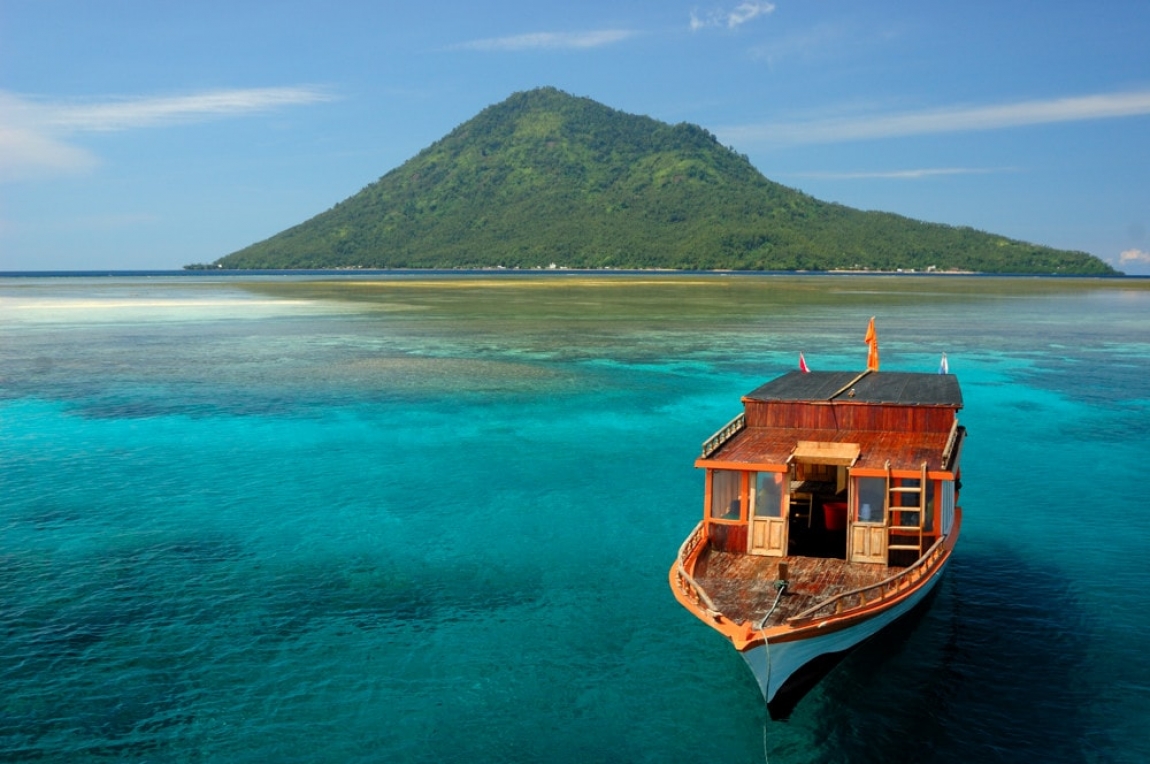A thin spit of land, generated by powerful volcanoes, covered with dense jungle, and a seabed of the most interesting for divers and underwater photographers. This is how the extreme northern offshoot of the island of Sulawesi presents itself. A little further north there are a handful of islands overlooking some of the most beautiful and richest coral seabed in all of Indonesia; here where the currents cross, one of the richest and most varied ecosystems on the planet develops, in which very different species coexist almost by miracle.
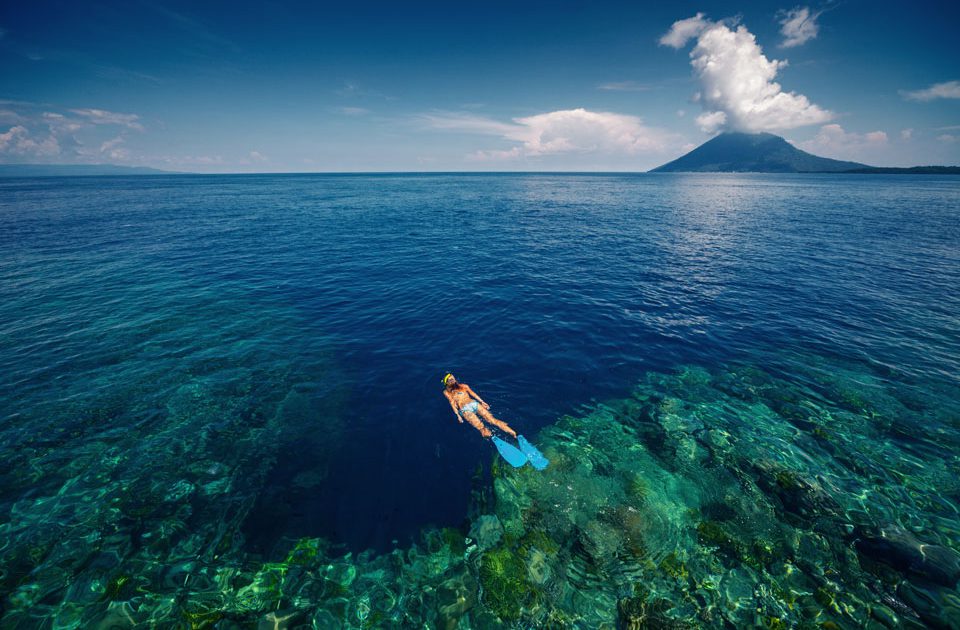
Last updated: January 13, 2023
NORTH SULAWESI
Scuba diving in Bangka, Gangga, Sangihe, Bunaken & Lembeh Stait
1. DIVE NORTH SULAWESI

The Bunaken Marine Park and the Bangka, Talisei and Gangga islands are home to an infinity of white sand beaches, shaded by splendid palm groves and bathed by the most transparent sea imaginable. Further north the undiscovered Sangihe Islands form a natural bridge to the Philippines.
As if that weren't enough, there is another destination that cannot be missing from the dive logbook of any self-respecting diver: an arm of the sea between the eastern coast of Sulawesi and the small elongated Lembeh Island a short distance away; an area apparently of no interest, yet underwater the Lembeh Strait holds absolutely extraordinary surprises and encounters. The shallow and muddy waters are populated by an incredible collection of the most bizarre creatures.
North Sulawesi Trip Highlights
On the mainland you can make beautiful excursions, for example in the Tangkoko Natural Park, where the tarsiers, the smallest monkeys in the world, live; or to the lake of Tondano through rice fields and villages among spectacular scenery and lush vegetation. For sports enthusiasts, trekking on the Mahavu and Lokon volcanoes. In the Bunaken park, do not miss the ascent of the Manado Tua volcano.
2. BANGKA ISLAND
Bangka Island is located on the northeastern tip of Sulawesi, between the Celebes Sea to the west and the Molucca Sea to the east.
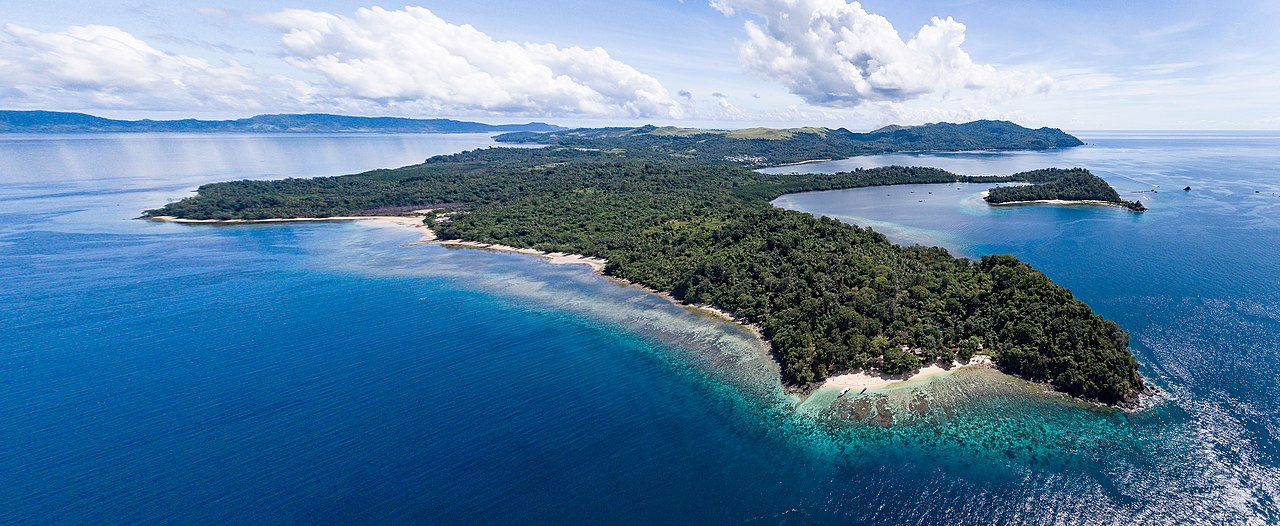
Bangka Island is a scuba diving destination in north Sulawesi - Aerial panorama of Bangka by MaRo Visions CC BY-SA 4.0
Reef diving in Bangka and Gangga
Bangka & Gangga and their nearby islands are quite exposed and receive strong currents from all directions. Pelagics follow these currents to feed. The barrier is full of colors. Sites near the coast offer steep pinnacles and walls covered in colorful corals that shelter schools of fish such as snapper, fusiliers and surgeonfish. The beaches are idyllic.
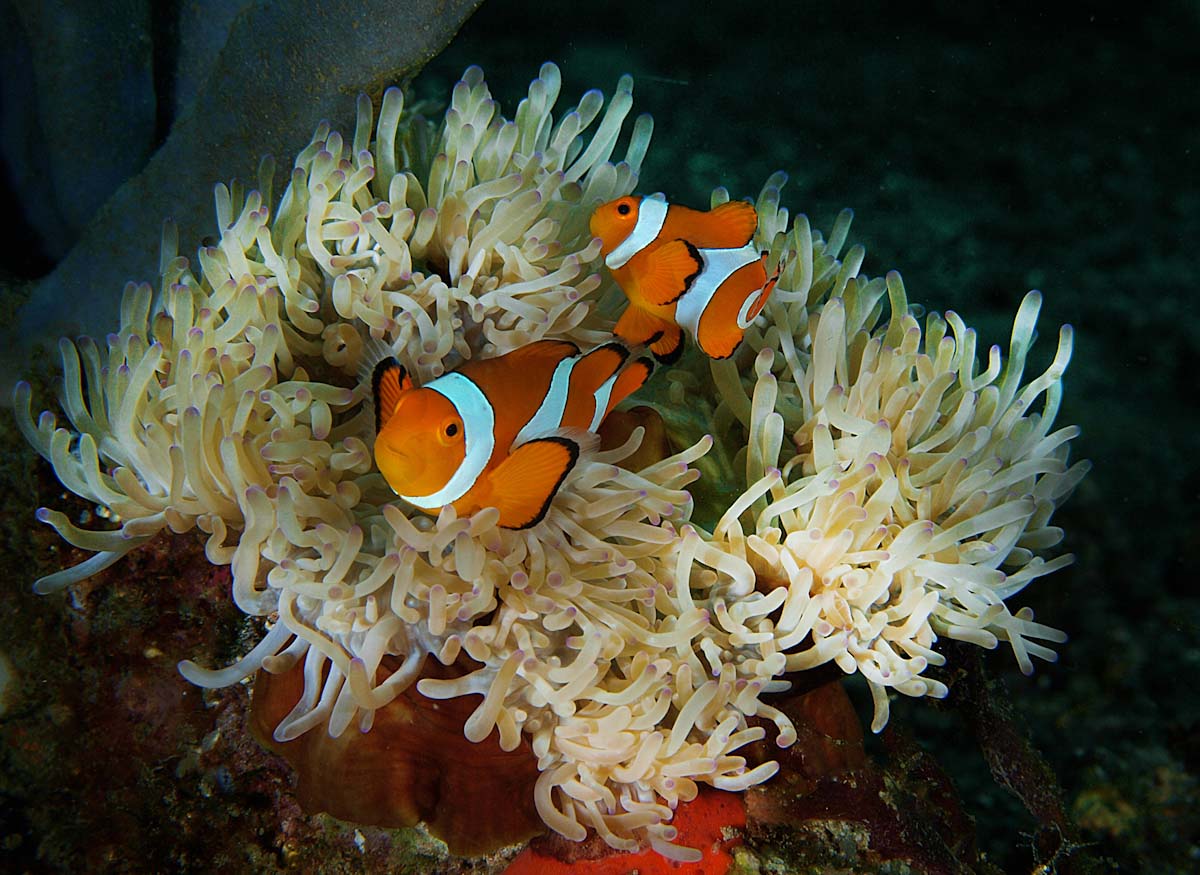
3. SANGIHE ARCHIPELAGO
The Sangihe Archipelago is a chain of 40 beautiful volcanic islands 140 miles (220km) from Sulawesi, forming a natural bridge between Indonesia and the Philippines.
Diving in the archipelago of volcanic islands
The most beautiful thing is the natural isolation and untouched nature. Here, towering volcanoes rise from the depths of the ocean, including the active Siau. These forested islands are over 1,400 meters high. The nights have a special effect thanks to the lapilli that come out of the volcanic cones.
One of the amazing things about the Sangihe archipelago is diving Mahangetang, a submerged active volcano near Siau. From a depth of 400 meters, the summit reaches just below surface level. The surrounding area is desolate and hundreds of bubbles reach the surface carrying gases from the volcano. Close inspection reveals tiny starfish, algae, tiny worms, and coral; a sign that a new coral reef is being born.
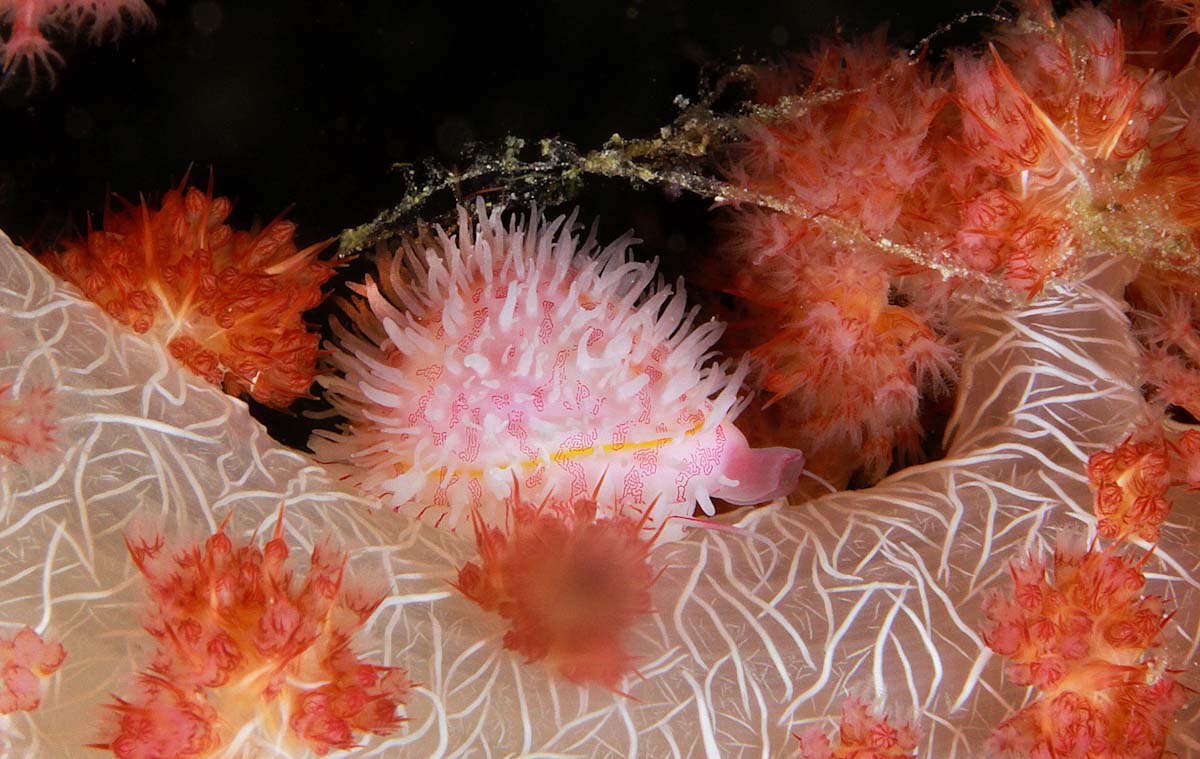
Diving in the Sangihe Islands is incredibly rich and varied. Plankton and current-borne nutrients from the deep waters create the food chain for coral reefs which, in turn, attract massive schools of fish. The waters surrounding the islands are frequented by some species of cetaceans such as sperm whales, pilot whales, melon head whales and numerous species of dolphins.
A highlight of any trip to the Sangihe Archipelago is a dive at Mahangetang - an submersed but active volcano near Siau. From depths of 400 metres, the summit reaches up to just under the water surface. The surrounding area is desolate, with hundreds of bubbles bringing volcanic gases to the surface. Upon a closer inspection of the area, you are likely to find small starfish, algae, tiny worms and corals - a sign that a new coral reef is being created at Mahangetang.
Dives in the Sangihe Islands are incredibly rich and varied. The plankton blooms and upwelling of nutrients create a food chain that attracts huge schools of fish. The surrounding waters are visited regularly by large cetaceans such as sperm whales, pilot whales, melon headed whales and numerous dolphin species.
4. BUNAKEN MARINE PARK
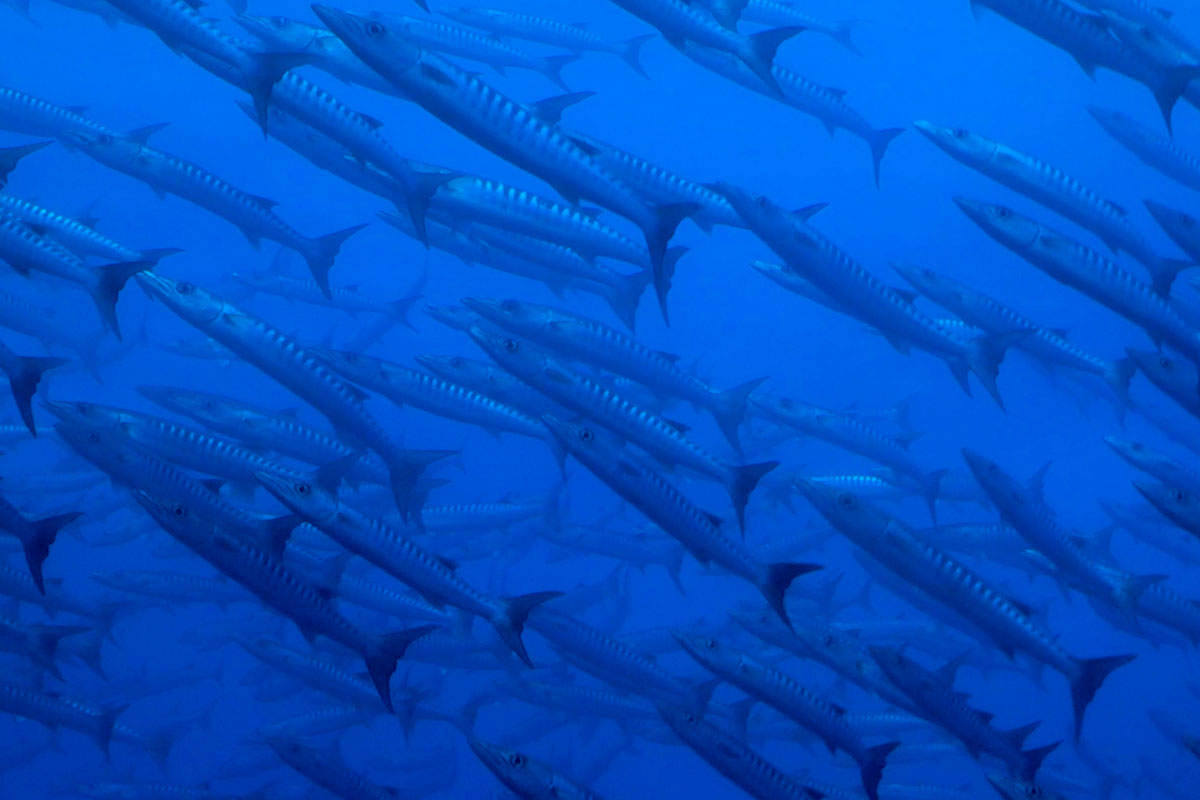
Bunaken Marine Park includes the five islands of Bunaken, Manado Tua, Mantehage, Nain and Siladen, and part of the coast of Tanjung Kelapa.
Fantastic drop offs and wall dives
Established in 1991, Bunaken Marine Park occupies 343 square miles (89,065 hectares), 97 percent of which is clear, warm tropical waters. Virtually everything can be seen on the reefs of Bunaken, including black and white tip reef sharks, giant turtles, Napoleon wrasse and dugongs. You can also come across schools of dolphins and occasionally whales. There are 22 official dive sites in the park. Diving in and around Bunaken is mainly wall and drift diving. Schools of barracuda and jack fish, green turtles and reef sharks, sea snakes and wrasse wrasse are your usual dive companions. The area is also rich in beautiful coral and reef fish of all shapes, sizes and colors as well as enormous sea fans and sponges. The area is superb, both for macro and wide angle photography.
5. LEMBEH STRAIT
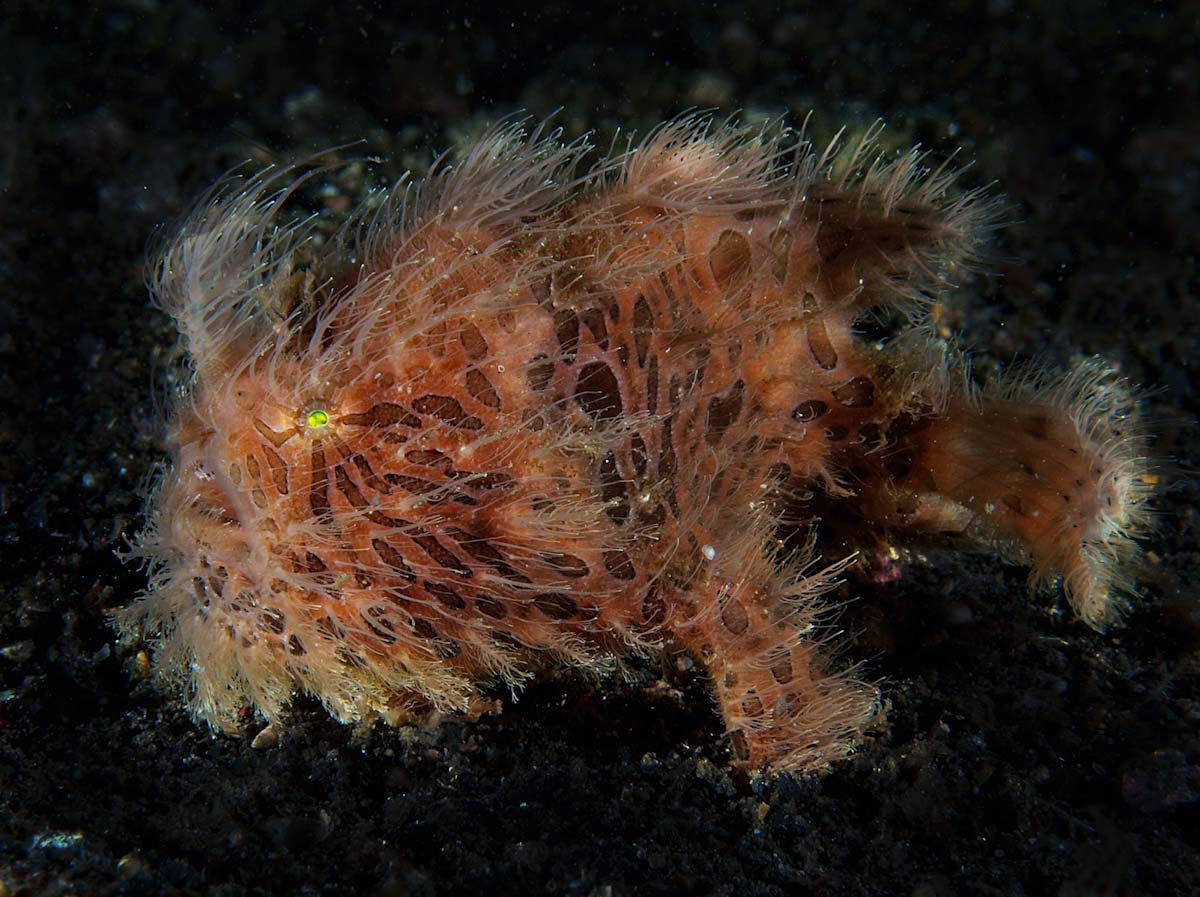
The Lembeh Strait separates Sulawesi and the island of Lembeh itself.
World class muck diving and uw macro photography
Located near the port of Bitung, the Lembeh Strait provides close encounters of the macro type with bizarre and beautiful critters. In the muddy depths the most incredible creatures appear. There are the so-called critters, shy like the pygmy seahorse, imitating octopus, flamboyant cuttlefish, harlequin shrimp, skeleton shrimp, colorful crabs and flat worms.
Along with the common reef fish there are also the more unusual such as the Ambon scorpionfish, hairy toadfish, stonefish, devilfish, sea robins, stargazers, and leafy Rhinopias. Also found are beautiful pegasus seahorses, mandarin fish, ghost pipefish and the endemic Banggai cardinalfish.
The incredible array of nudibranchs comes in all shapes and colors. Lembeh is a destination where you can eventually discover new species on every dive.-A unique itinerary that will allow you to enjoy the wonders above and below the water.
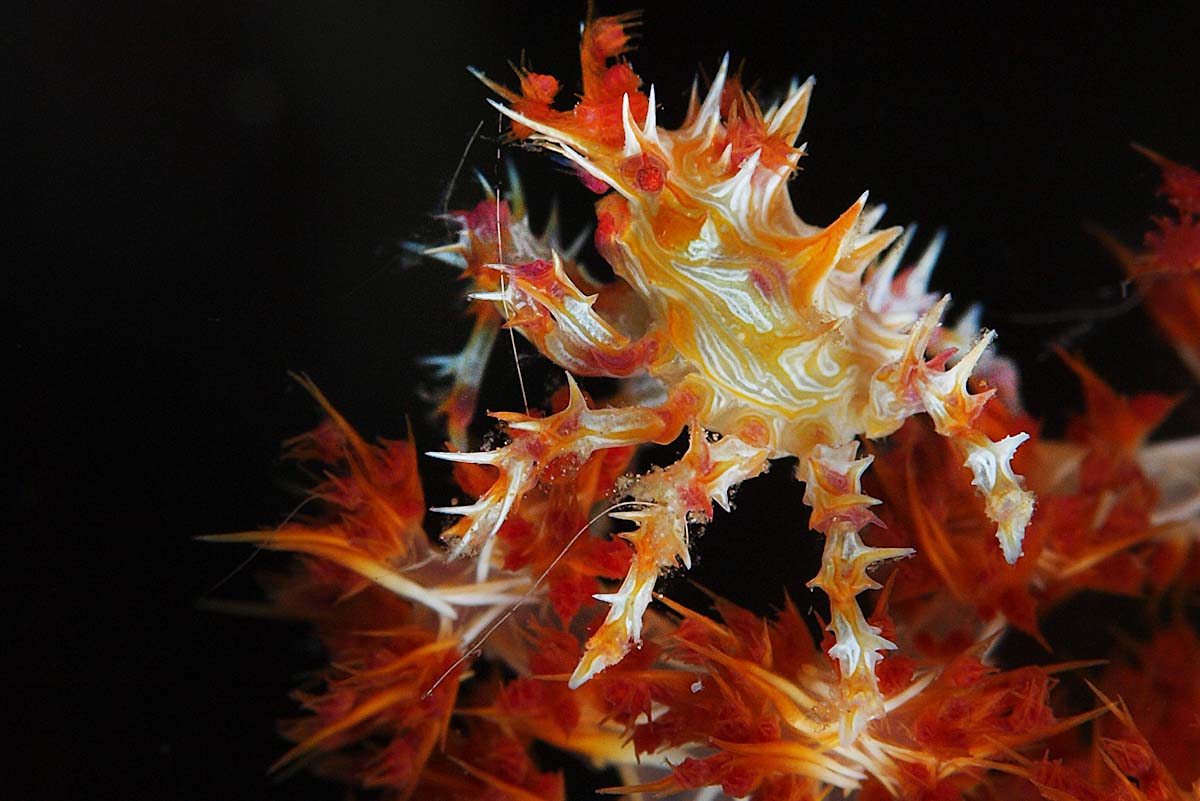
6. DIVING INFORMATION
Diving season: April to November. But is possible to dive Bunaken, Lembeh and Sangihe all year round without running into conditions that are less than acceptable. Rainy season: December to mid March. Water temperature: Warm, about 26-30 degrees. A 3mm shorty should be more than sufficient. Visibility: Excellent, 20-30 m or more. Depths: 5 -> 40m. Currents: Usually gently but can be strong. Surface conditions: Calm, but can be rough at Sangihe. Experience level: Beginner – intermediate – advanced. Dive sites: >105. Length of stay: Recommended 7-10 days on liveaboard cruise or dive resort.
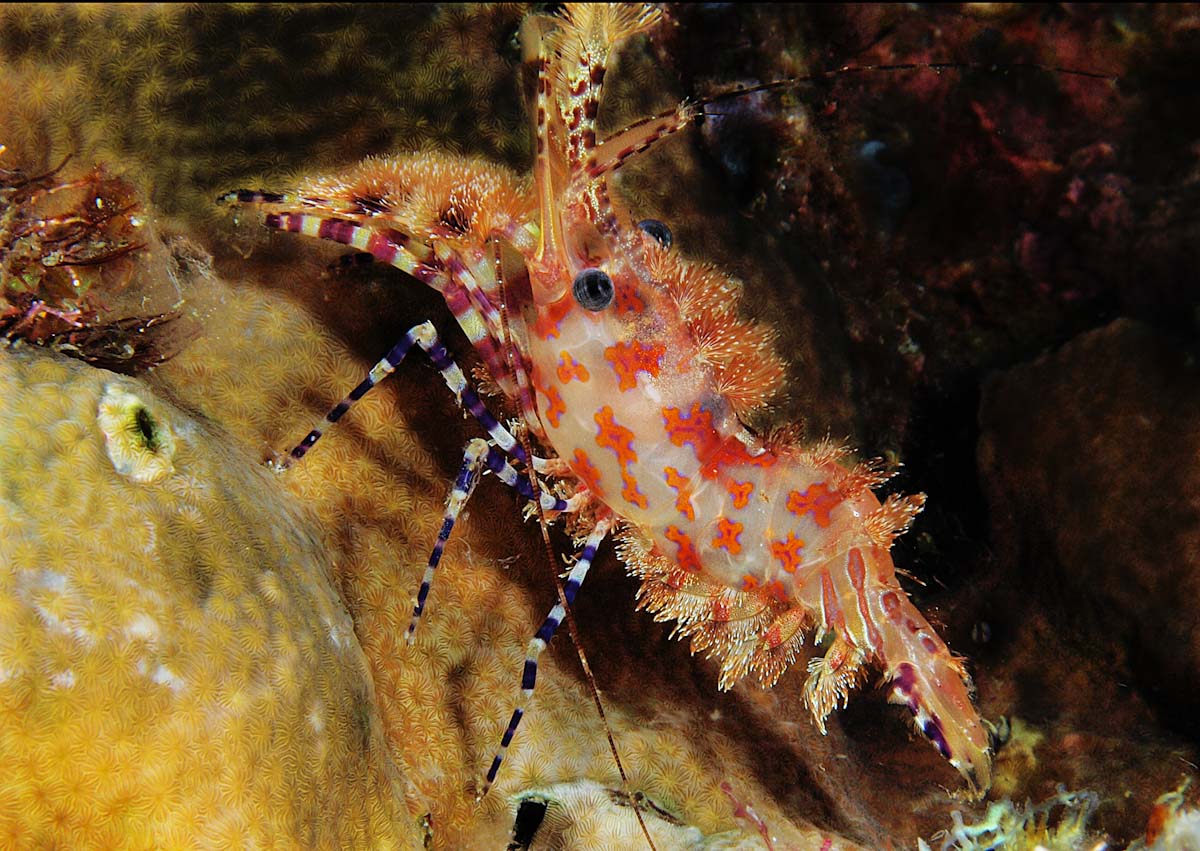
7. TRAVEL INFORMATION
Airport: Manado by international flights. As an alternative international flights reach Jakarta, the Indonesian capital, or Bali, and then domestic flight to Manado. Weather: 26-32 degrees. Indonesia has two seasons: wet and dry. In most of Indonesia the wet season is from October to April and the dry from May to September. North Sulawesi wet season is from December to mid March and dry season from April to November. July and August are sunny and windy. Time zone: Sulawesi GMT +8. Transit night & connecting flight: You may need to spend one night in transit in Indonesia before and/or after your cruise, depending on your domestic and international flight schedules. We have the most competitive airfares with the most convenient flight timetables, and hotels for all budgets.
Does it seem complicated? Contact an operator who speaks your language and who can assist you in Indonesia. Feel free to contact us now!
Cruising Indonesia | The Liveaboard & Dive Specialists
Cruising Indonesia is committed to ensuring you not only a perfect diving holiday but also the best price guarantee. Contact us and we will arrange everything you need: every single details of your cruise reservation, the international & domestic flights, the ground services, an amazing tour extension...
Reserve North Sulawesi now!



